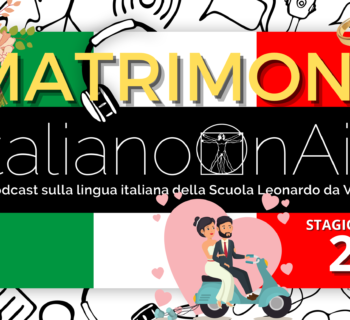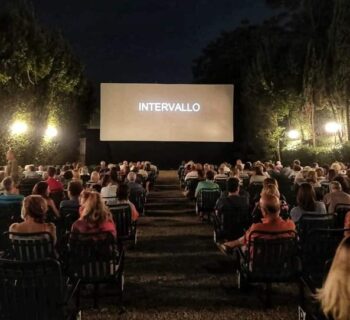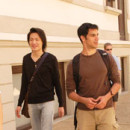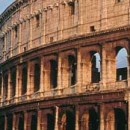Every year, on the evening of Good Friday, Rome gathers for one of the most intense and symbolic events of Holy Week: the Way of the Cross at the Colosseum. It is a celebration that brings together faith, silence, and remembrance in one of the most iconic places in the Christian world and in human history.
This tradition, restored by Pope Paul VI in 1964, has roots that go back to the earliest centuries of the Church. The Colosseum, a symbol of the martyrdom of the first Christians, becomes the setting for a public prayer that traces the fourteen Stations of the Passion of Christ, from His condemnation to death to His burial.
The rite is presided over by the Pope, who leads the faithful on a spiritual journey of readings, reflections, and prayers. Each station is accompanied by meditations written specifically for the occasion. In recent years, these texts have been entrusted to ordinary people, families, youth, religious figures, prisoners, and migrants — diverse voices, often marked by suffering, offering a contemporary perspective on the Passion.
Learn more about Easter in Italy.

The route of the Way of the Cross winds from the Colosseum to the Temple of Venus, passing through the Arch of Constantine. The cross, carried in turn by different groups — religious people, volunteers, individuals from difficult backgrounds — advances slowly through the darkness, lit by torches and accompanied by a deep, almost suspended silence. It’s a moment of striking visual and emotional power, able to move even those watching from afar or following the celebration on television.
The choice of the Colosseum is not just for its visual impact: it is a concrete reminder of the martyrdom of early Christians, and more broadly, of human suffering throughout time. In this way, the Way of the Cross at the Colosseum takes on a universal meaning. It speaks not only to believers but to anyone who reflects on pain, justice, and the meaning of life and death.
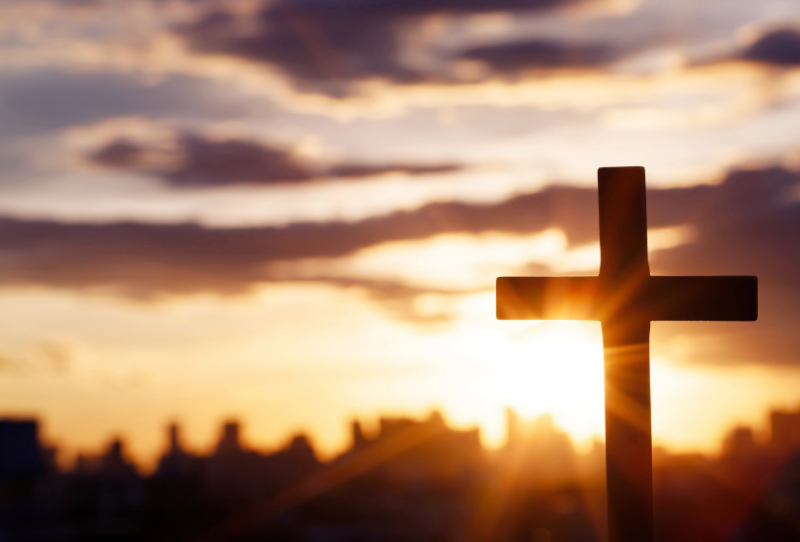
In recent years, in a world marked by wars, forced migrations, social and environmental crises, the meditations of the Way of the Cross have often touched on very current themes: loneliness, abandonment, fear, but also hope, solidarity, and forgiveness. It is a prayer that seeks to listen to the wounds of the present and transform them into signs of shared humanity.
The Way of the Cross at the Colosseum is not just a religious tradition: it is also a cultural symbol, an invitation to pause and reflect on the meaning of suffering and solidarity. It is a way to rediscover, each year, the value of Good Friday not just as a liturgical occasion, but as a moment for introspection and awareness.
Want to learn Italian in Rome? Check out our school!
Scuola Leonardo da Vinci Rome
The Eternal City has known it all. Victory and defeat, joy and tragedy, glory and humility marked Rome’s history, culture and architecture. A magical place with vibrant, timeless lifestyle with countless secrets waiting to be discovered.
The Scuola Leonardo da Vinci is situated in the centre of Rome, in the pedestrian area, halfway from the astounding Piazza Navona, Castel S. Angelo and St. Peter Basilica. It is one of the largest schools in Rome.
We, from Leonardo da Vinci School have one mission – to introduce you to this exciting urban symphony. Every year thousand of students from more than 90 countries jump into this adventure hand in hand with us. Leonardo da Vinci School is not only leading language institute, but centre of Italian culture and lifestyle. We match our vast experience with our student’ eagerness to know and learn and together we make it happen.
Latest posts by Scuola Leonardo da Vinci Rome (see all)
- What to Do in Rome During Christmas - December 22, 2025
- Living and learning Italian in Rome: the guide for international students - September 26, 2025
- ROME: DISCOVERING THE MAXXI - August 5, 2025




